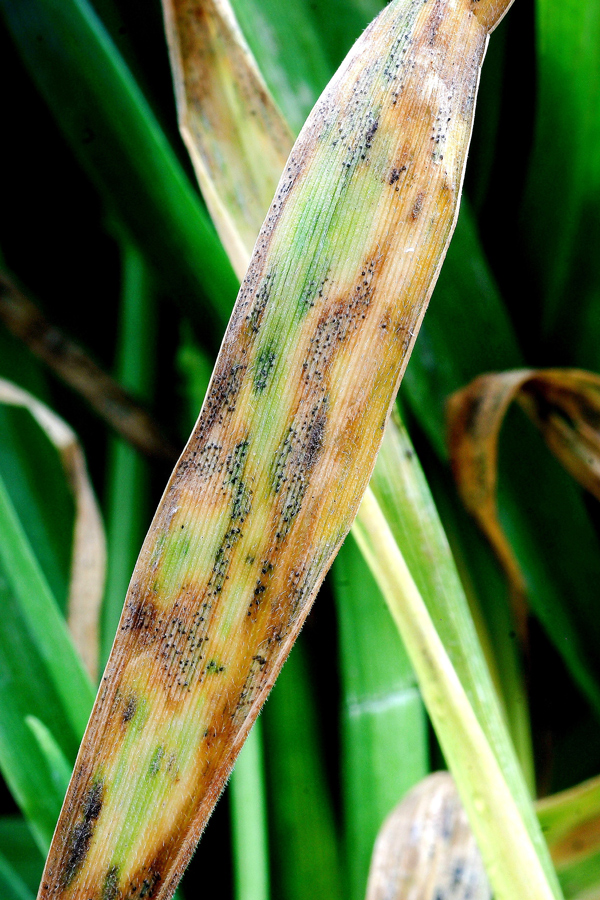Arable growers warned not to ditch multi-site fungicides as chlorothalonil deadline looms
30th March 2020
With the final use-up date for chlorothalonil rapidly approaching, arable growers in the UK will need to switch to folpet to maintain effective protection against cereal diseases such as septoria in wheat and rhynchosporium and ramularia in barley.
That is according to Andy Bailey, Fungicides Technical Specialist for ADAMA who advises that any fungicide treatments made after the 20th May cut-off date which would have included chlorothalonil should include folpet instead; not only to ensure crops are adequately protected, but also to protect single-site modes of action from mounting disease resistance.
“In recent years, the efficacy of some of the principal wheat and barley ‘single-site’ SDHI, azole and strobilurin fungicides has been eroded by the development of resistant disease strains,” Andy explains. “Meanwhile, other active ingredients, including chlorothalonil, have been lost to regulatory restrictions, thereby making the effective control of key wheat and barley diseases increasingly difficult to achieve. Growers must therefore think carefully about how they structure their fungicide treatments in the second half of the spring to ensure their crops remain properly protected.”
Chlorothalonil has been the ‘go-to’ multi-site fungicide for many years but can’t be used beyond the 20th May after the EU voted to revoke its license.

Andy Bailey, Fungicides Technical Specialist for ADAMA
“The decision to ban chlorothalonil came as a huge blow to farmers in the UK, especially as our maritime climate makes crops particularly susceptible to fungal diseases,” Andy continues. “As a multi-site fungicide which targets multiple metabolic sites within a pathogen, chlorothalonil has performed two important functions: providing effective disease control and reducing the risk of further resistance. With the loss of this popular fungicide there is a danger that, beyond the 20th May cut-off date, growers may choose simply not to replace the multi-site component of their crop protection programmes.
“But that would be a dangerous backward step,” Andy warns, “as it would put crops at increased risk of infection and heighten the resistance risk for other modes of action.”
Mr Bailey therefore urges growers to switch to folpet as an alternative to chlorothalonil. “With folpet and mancozeb the only multi-sites currently registered, Arizona (500 g/L folpet) is the most efficacious option when it comes to replacing chlorothalonil. It is flexible enough to be used at T0, T1 and T2 (at a maximum individual application rate of 1.5 L/ha and a total application rate of 3 L/ha) to protect wheat against septoria and barley against rhynchosporium and ramularia.
“Arizona also provides some activity against yellow rust in wheat – either as a standalone active or as a mix partner for straight SDHI fungicides – and offers the additional advantage of not interfering with the curative kickback activity of azoles: an important factor where active rust is present as it is important to maximise the speed of activity and the curative effect of the azole in order to combat infections effectively,” Andy concludes.
For more information subscribe to ADAMA’s Cereal Disease Hub.


